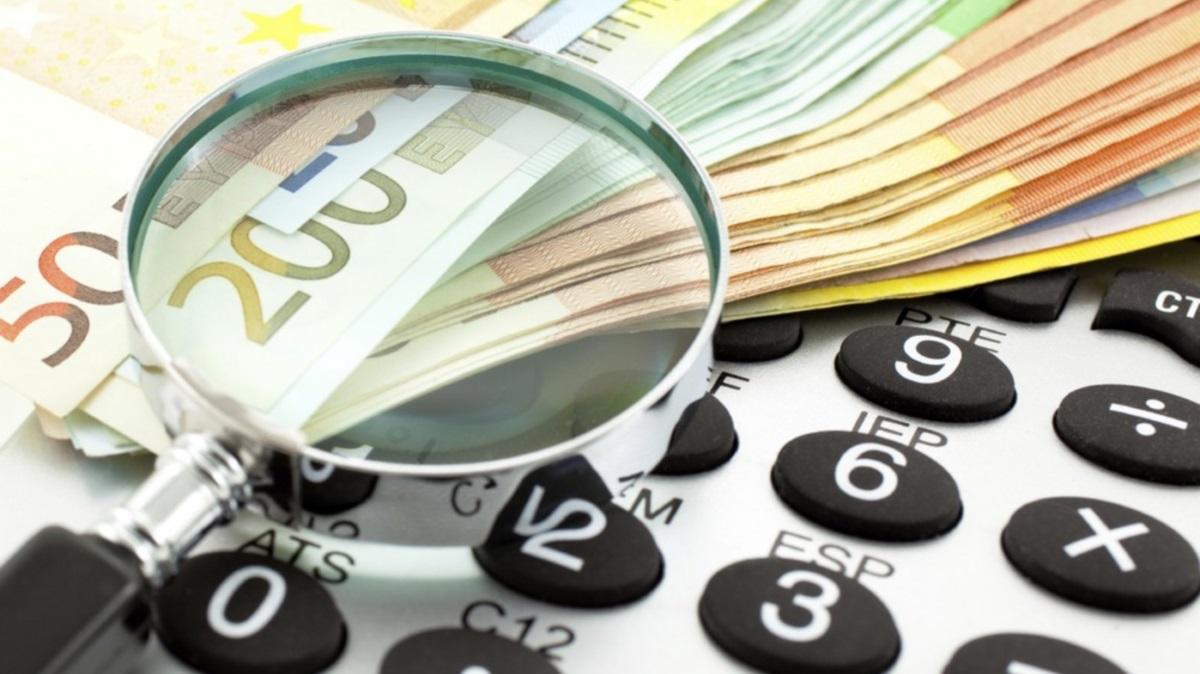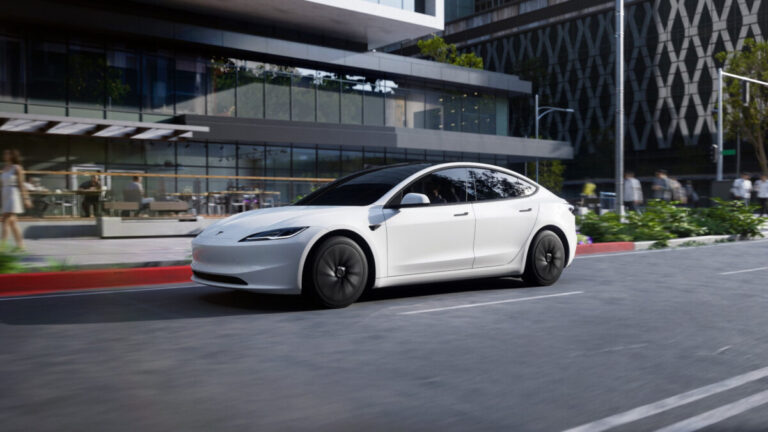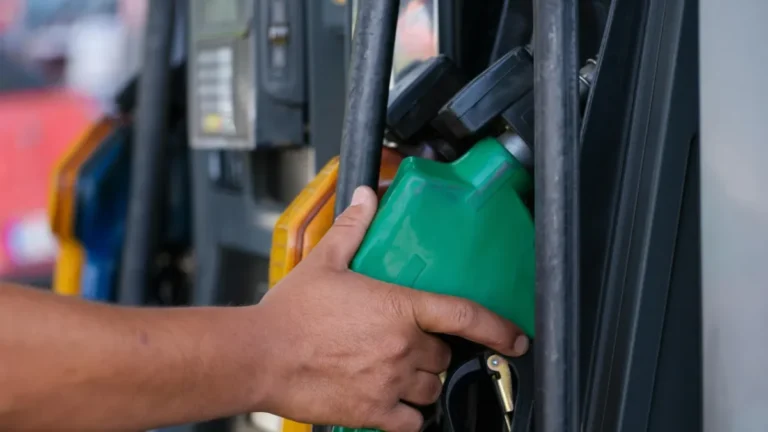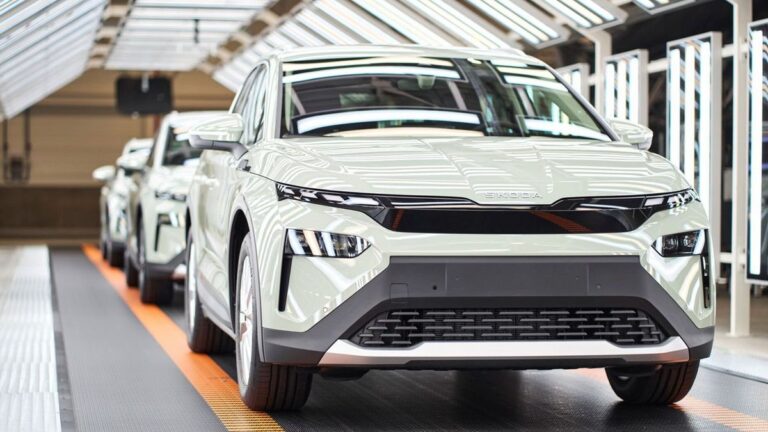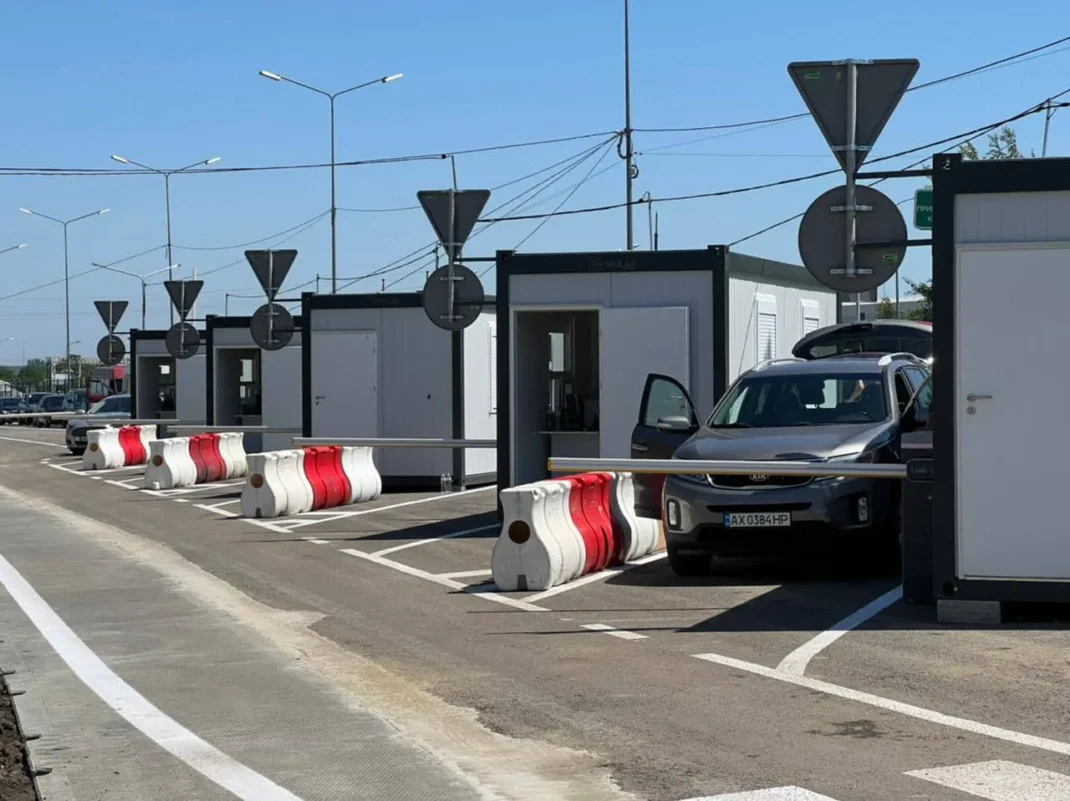
Car Imports to Ukraine in 2025: What Taxes Apply, What Benefits Expire, and How to Avoid Overpaying
The year 2025 marks a turning point in Ukraine’s car import system. On one hand, the government has preserved a unique set of tax exemptions for electric vehicles. On the other, it has implemented a more complex structure for calculating customs payments on conventional cars. And while the official rules appear simple, the real cost depends on the fine print: from basic customs duties to battery-based environmental fees, from the vehicle’s age to its engine volume.
This isn’t just a technical procedure. It’s a financial decision that affects a household budget, future resale potential, and even the structure of Ukraine’s auto market.
As of 2025, importing a vehicle to Ukraine means covering three key types of payments:
- Import duty A fixed rate of 10% of the car’s customs value. This applies broadly to most passenger vehicles, regardless of fuel type or country of origin. The only exceptions are for vehicles in certain special categories or covered by incentive programs.
- Excise tax The most complex component. This is calculated based on engine size and vehicle age. Cars with engines up to 1000 cm³ are taxed minimally, while those over 3000 cm³ especially vehicles older than 5 years may face excise charges that exceed the vehicle’s value.
- Value-added tax (VAT) A flat 20% applied to the total of the customs value plus duty and excise. This is mandatory for all vehicles except those covered by special exemptions mainly electric cars.
Electric Vehicles: Final Year of Full Tax Exemption
In 2025, electric vehicles are enjoying the most favorable tax treatment in Ukraine’s history. Importers are completely exempt from import duty, VAT, and excise tax. The only fee required is a symbolic environmental tax of 1 euro per kilowatt-hour of battery capacity.
For example, with a 60-80 kWh battery, the total charge would be 60-80 euros. That is dozens of times less than what gasoline or diesel vehicle owners pay for customs clearance.
However, this program comes with a deadline: the exemption is valid only until December 31, 2025. And despite public calls for extension, as of August 2025, there is no official initiative to prolong these benefits. In fact, the head of the parliamentary tax committee made the government’s position clear:
“The VAT exemption for electric cars is valid through the end of 2025 and will not be extended… If you have the time, opportunity, and motivation import it by the end of the year… No, the exemption will not be prolonged. No exceptions,” – stated Danylo Hetmantsev.
This makes 2025 the final chance to bring in an EV under these unprecedented conditions.
Hybrid Cars: Partial Benefits with Case-by-Case Calculations
Hybrid vehicles receive reduced excise rates, but are not exempt from VAT or import duty. The final cost depends on the type of hybrid system (plug-in or mild), its engine size, and overall efficiency.
In practice, this means that hybrids do save money, but the difference isn’t dramatic. For instance, a hybrid car worth €10,000 may cost 15-30% less to clear through customs compared to a traditional gasoline model. But exact figures require individual calculation.
Gasoline and Diesel Cars: Details That Change the Price
For traditional internal combustion engine vehicles, the main cost drivers are engine volume and vehicle age. For example:
- Vehicles under 5 years old qualify for reduced excise multipliers.
- Cars with engines under 2000 cm³ usually incur much lower excise charges.
Once all three payments (duty, excise, VAT) are calculated, the total customs cost can amount to 50-70% of the car’s value, especially for older models with large engines.
Documentation and Procedure: What to Watch For
Importing a car to Ukraine requires:
- A preliminary customs declaration,
- Full technical and financial documentation,
- Physical inspection at a customs checkpoint.
The declaration can be submitted by the owner or a legally authorized representative. For complex cases (e.g., high-value vehicles, non-standard documents, or unusual origins), hiring a customs broker is highly recommended.
What Happens After 2025: More Expensive, More Complicated
Starting January 1, 2026, electric vehicles will return to standard tax treatment:
- Import duty – 10%
- VAT – 20%
- Excise – based on motor power
This could raise the total cost of EV imports by 20-40% overnight. Additionally, the government is considering revisions to the broader customs taxation system, possibly introducing new incentives for certain vehicle types, such as commercial vehicles for small businesses or locally produced models.
In 2025, the timing of your import is the difference between rational planning and future regret. For EVs, waiting costs thousands. For conventional cars, success lies in precise calculations: age, engine volume, and realistic valuation.
Ukraine’s customs system works like a mathematical formula. But a single variable can change the outcome drastically. Legal missteps or procedural delays can add unplanned expenses or penalties.
2025 isn’t just a year for car imports. It’s a year of strategic decisions. And what matters most is not just saving money today but understanding the long-term cost of hesitation.

